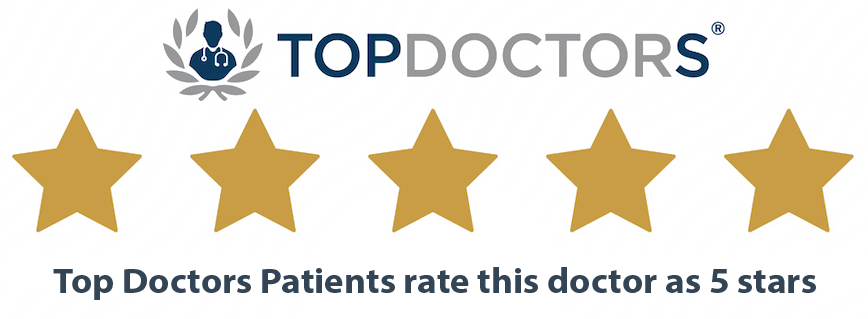In this blog post I explain how cataract can affect your vision, whether it is safe to drive when cataract is present and when to consider having surgery.
Is It Possible or Safe to Drive With Cataract?
Drivers with cataract may notice that their vision is affected by glare from the lights of oncoming vehicles, making driving at night more difficult and potentially unsafe. Driving at daytime is less affected by glare, but bright sunshine can make it difficult to see pedestrians crossing the road, children playing and other vehicles on the road. The severity of symptoms will depend on how advanced the cataract is, but also on the type of cataract. A posterior subcapsular cataract, for example, will cause glare at its early stages.
You can continue to drive if you have a cataract, provided you meet the standards of vision for driving and do not experience visually significant glare. However, if you have been diagnosed with cataract, surgery to remove your cataract will almost certainly improve the quality of your vision.
Symptoms of cataract
Cataracts are a common development as we get older. They are typically slow to progress, so by the time they cause symptoms they are usually advanced in nature.
A cataract is a clouding or opacity of the natural lens inside our eye. When cataract develops, the lens prevents light rays passing through or alters the pathway of these rays, resulting in objects not focusing sharply on the retina. This degrades the quality of vision.
Cataracts can typically cause:
- Cloudy and blurred vision.
- Increasing difficulty with night vision.
- Glare with bright lights and at night-time.
- Need for brighter light when reading.
- Frequent change in the prescription (strength) of your glasses.
- Fading or yellowing of colours.
- Double vision when looking through one eye.
A cataract does not cause pain or redness of the eye. However, if you are struggling to see clearly because of cataract and overusing your facial muscles in response, you may develop some headache over prolonged periods of detailed work.
Vision driving standards in the UK
According to the Driver and Vehicle Licensing Agency (DVLA), the law stipulates that all licensed drivers must be able to read (with glasses or contact lenses if required) a car number plate after the 1st September 2001 from a distance of 20 meters in good daylight. In addition, licensed drivers must also have a visual acuity of at least decimal 0.5 (6/12) measured on the Snellen chart (with glasses or contact lenses if required) using both eyes together. Bus and lorry drivers require a higher standard of visual acuity. The full guidance can be seen at https://www.gov.uk/driving-eyesight-rules
When to consider cataract surgery
The timing for cataract surgery can vary from one individual to another due to differences in requirements from vision, lifestyle preferences and also the type of cataract. In general, if a cataract is present and there are symptoms, as outlined above, it is most likely time to consider surgery.
Cataracts can become more difficult to remove once they have been present for some time and have become dense; it is well known now that dense cataracts are associated with a higher risk during surgery. Nowadays, it is not a good idea nor safe to wait for cataracts to become ‘ripe’. If cataract is present in both eyes, as is usually the case, then surgery to each eye is usually carried out on separate days, typically a few weeks apart.
Cataract surgery is very safe and is the most frequently performed procedure in the UK, with more than 400000 operations performed annually. The National Ophthalmology Database Audit reported that less than 1 in 100 patients experienced visual loss after cataract surgery.
How soon after cataract surgery can I drive?
Your vision will be blurred for the first 24-48 hours, due to the surgery and also the enlarged pupil. It should then start to improve over the next few days. Everyone responds slightly differently, so some patients may achieve good vision sooner than others.
My general advice is that you can start driving when you feel comfortable doing so, leaving a minimum of 24 hours. More typically, this is within 3 to 4 days of surgery. Following surgery, you are legal to drive as soon as you can see a modern car number plate at a 20 metre distance with both eyes open. However, at the same time your eye must not be sensitive to light or uncomfortable in any way. The type of anaesthetic used during surgery may also affect your recovery and how soon you can start driving again.
How can I find out more?
To find out more about cataract surgery, available lens options and how to improve your vision whilst also minimising the need for glasses, please visit our cataract surgery page. Or why not book a clinic appointment for a complete eye assessment and discussion of refractive options?
All the best,
Aris



